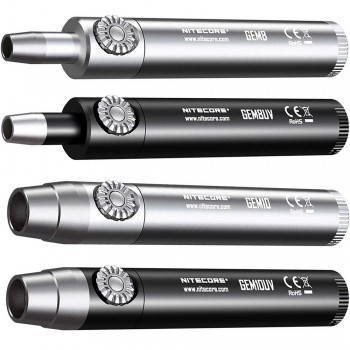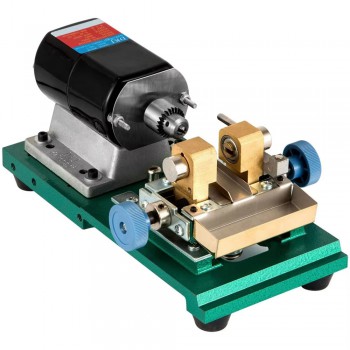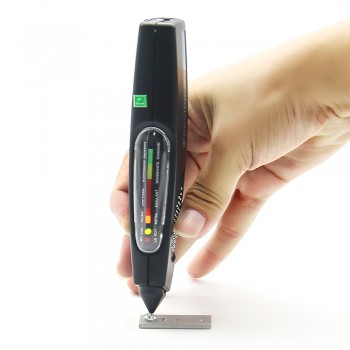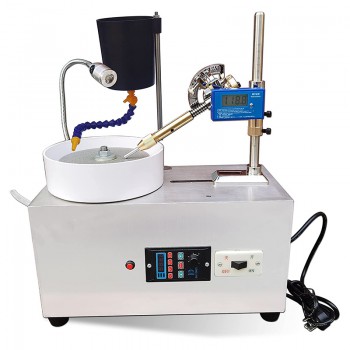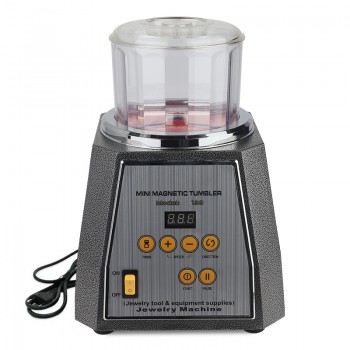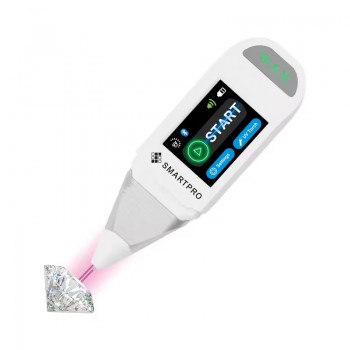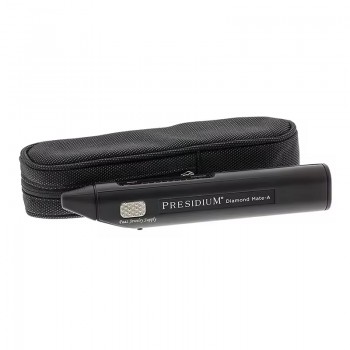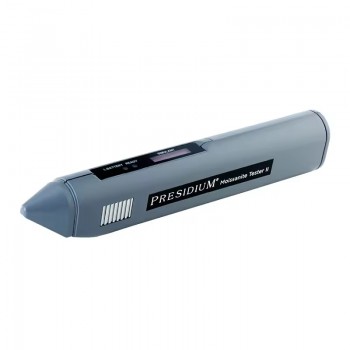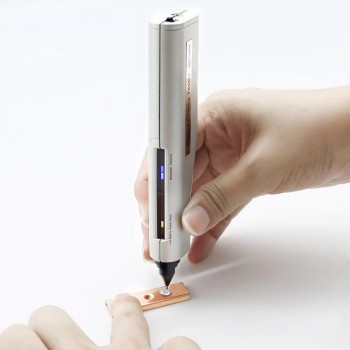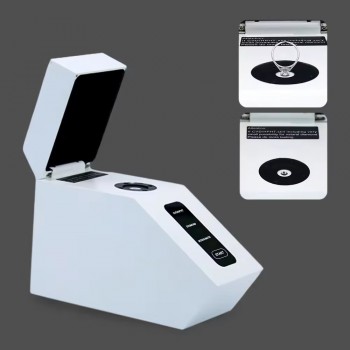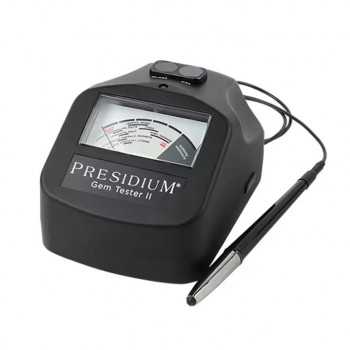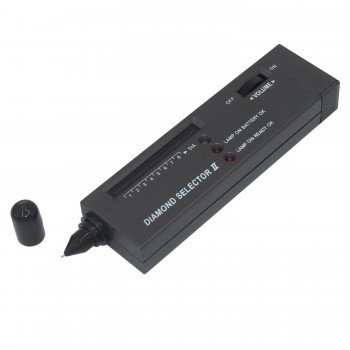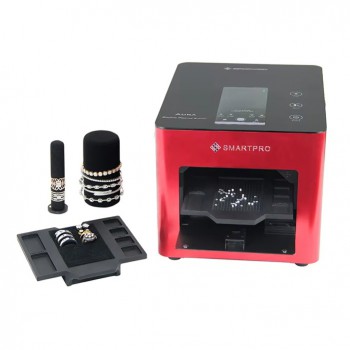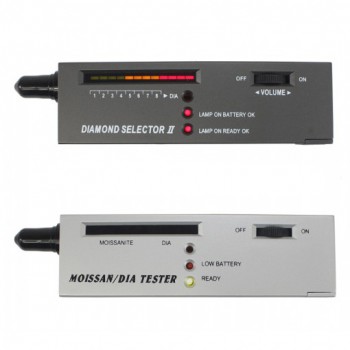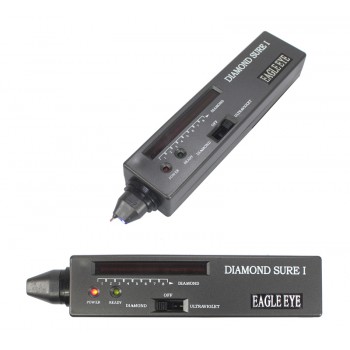
Diamond & Moissanite Tester
Guide on How to Choose Professional Diamond Tester
What Is a Professional Diamond Tester?
A professional diamond tester is a handheld or bench diamond testing tool that reads material properties to indicate whether a stone behaves like diamond. Listings may describe it as a diamond detector, diamond checker, diamond detector machine, or diamond checker tool. Some models also include modes that screen for moissanite and common simulants. Retail counters, buying offices, and workshops use a diamond tester pen for sale gemstone detector as part of an intake or sorting workflow.
Working Principle
Most moissanite diamond tester apply a probe to the stone and measure thermal conductivity; diamond transfers heat differently from many gemstones. Certain units add electrical conductivity or optical checks to distinguish diamond from moissanite. The device outputs an indication by LEDs, a bar scale, or a tone. Probe contact pressure, surface cleanliness, and ambient temperature influence readings, so operators typically follow a short warm-up and self-check step.
Features and Characteristics
A typical diamond detector machine includes a metal probe with cap, sensitivity control, visual indicators, and a readiness test plate. Interfaces range from simple light bars to small LCDs. Power options include AA/AAA batteries or rechargeable packs via USB. Some diamond checker models provide dual testing (thermal + electrical) in one housing and include carry cases, reference stones, and tip protectors.
Selection Criteria
When choosing a professional moissanite diamond tester, review:
Test Methods: Thermal only, electrical only, or combined; combined methods reduce separate tool handling.
Probe Design: Tip diameter and spring pressure should match the smallest stones you handle.
Operating Range: Check stated temperature/humidity limits and warm-up time for your workspace.
Interface & Alerts: Clear visual cues and optional audio assist bench and travel use.
Power & Accessories: Battery type, charging port, case durability, and availability of spare probe caps.
Application Range
A diamond checker tool (diamond tester pen) supports screening of loose and mounted stones in rings, pendants, and parcels. Typical uses include trade buying, repair intake, and classroom demonstrations. Tester output is a screening indication; for full identification many users combine it with microscopy, UV observation, polariscope work, or spectroscopy.
Buying Considerations
Before purchasing a diamond detector, review stone size specifications, guidance for mounted stones, and any notes on metal contact or coatings. Verify the presence of a self-test plate, probe guard, and calibration/reference procedure. For travel, consider device weight, protective pouch, and battery runtime. Check availability of replacement tips and authorized service.
Care and Maintenance
Keep the probe tip clean and capped when stored. Replace batteries before they reach low charge to maintain stable output. Avoid heat sources and drafts that can shift readings. Wipe the housing with a dry cloth; prevent liquid ingress at the probe or ports. Periodically verify performance using known reference materials and update your log.
This guide summarizes structure, operation, selection points, and care practices for a professional diamond tester, helping you compare a diamond detector machine and other diamond testing tool options when evaluating any diamond tester for sale gemstone detector, diamond detector, or diamond checker tool for daily screening tasks.


